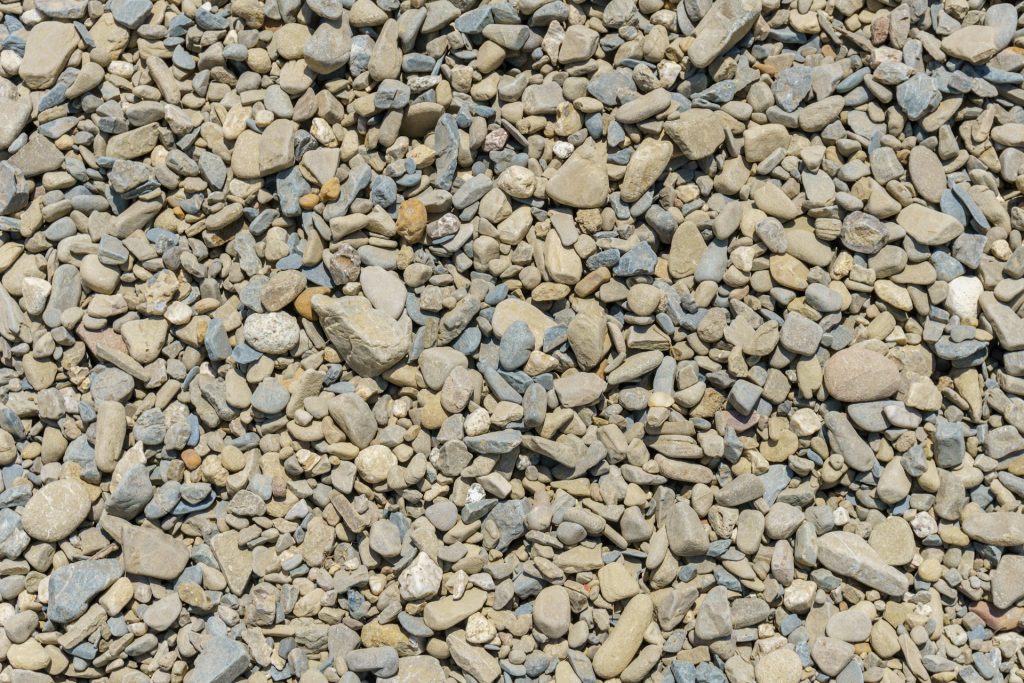In Vermont’s climate, the freeze-thaw cycle and spring moisture can severely impact your stone walkway, making a well-constructed sub-base essential. A compacted gravel sub-base layer is your secret weapon against frost heave and sinkage, as it provides the necessary stability, drainage, and resistance to shifting. By following best practices for gravel layering, compaction, and ensuring proper drainage, you can keep your walkways level and safe year-round, even in challenging weather conditions.

In Vermont’s climate, the repetitive freeze-thaw cycles and spring moisture can markedly damage your stone walkway if the base is not properly prepared. Without a well-compacted gravel sub-base layer, your walkway can heave, crack, or sink as water freezes and thaws, causing the soil to expand and contract. This cycle, particularly common during late winter and early spring, can lead to uneven surfaces and structural issues if the base does not provide adequate stability and drainage.
When constructing a stone walkway in Vermont, the freeze-thaw cycles and spring moisture can be particularly detrimental if the base is not prepared correctly. Here’s what can go wrong:
Proper gravel sub-base layering is essential for preventing these issues.
To build a stone walkway that withstands Vermont’s freeze-thaw cycles, you need a robust sub-base layer. A 4-8 inch layer of compacted crushed gravel is essential, as it provides drainage, load support, and resistance to seasonal movement. This layer guarantees the walkway remains stable and level, preventing frost heave and sinkage by allowing water to pass through while maintaining the structural integrity of the walkway.
A well-compacted layer of 4-8 inches of crushed gravel serves as the foundation for a durable and stable stone walkway, especially in Vermont’s climate.
To guarantee your stone walkways in Vermont remain stable and safe, you need to focus on precise gravel layering, effective compaction, and proper drainage. Use angular stone or crusher run gravel, which packs into a hard surface and resists erosion, especially in areas prone to freeze-thaw cycles.
Employ plate compactors to achieve the necessary density in the gravel sub-base layer, and consider using geotextile fabrics to prevent soil stabilization issues and enhance drainage. Properly graded and maintained ditches, such as those with a 2:1 slope ratio, can also help in redirecting water away from the walkway.
When constructing stone walkways in Vermont’s challenging climate, the foundation beneath the surface is essential for long-term durability. To guarantee your walkway remains stable and safe, focus on the following:
When building stone walkways in Vermont, you need to focus on creating a robust base to withstand the region’s freeze-thaw cycles and spring moisture. Start by ensuring the base layer is composed of compacted gravel, which provides stability, drainage, and resistance to shifting. By blending slope correction, drainage design, and compaction testing, you can construct walkways that will outlast Vermont’s harsh winters.
In Vermont’s harsh climate, where freeze-thaw cycles and spring moisture can be relentless, confirming your stone walkways remain stable and level is essential. To achieve this, focus on the following key elements:
